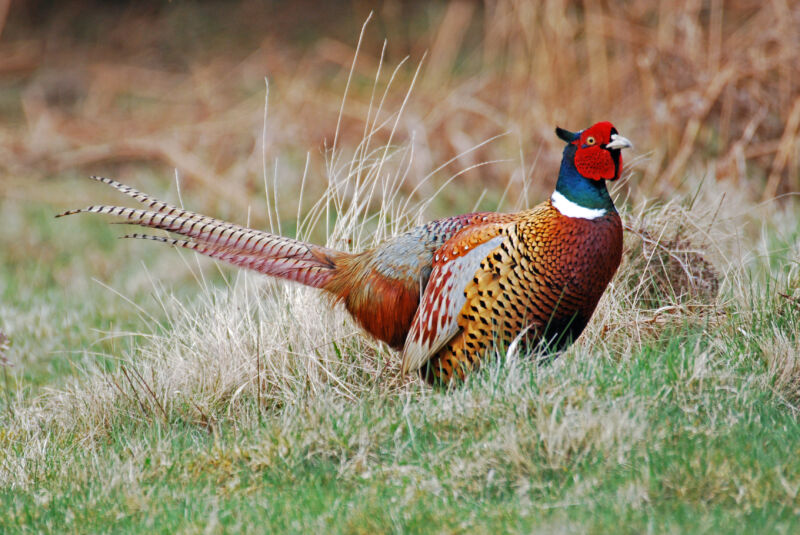It's pretty easy to link humans' intelligence to our success as a species. Things like agriculture, building cities, and surviving in harsh environments require a large collection of mental skills, from good memory to the ability to communicate and work together. But it's often less clear what role intelligence plays in species with less obvious mental capabilities. In many cases, it's hard to even measure mental capacities; in other cases, it's hard to guess which capacities might improve survival.
A new study looks at a bird species that doesn't have much of a reputation for braininess: the pheasant. But the researchers behind the study find that pheasants have substantial differences in spatial thinking, and some aspects of that spatial capacity make a difference when the birds are released into the wild. Those birds that do well with navigating a complex maze adopted a larger home territory and did better at avoiding being eaten. And, almost as an accident, the study finds that the birds tend to get eaten more often when they wander out of familiar territory.
Can’t outfox the foxes
Parrots and corvids have reputations as the brainiacs of the bird world. Pheasants, not so much. But they do have advantages for the study of mental abilities. They're easy to raise in captivity, where they can be given various tests, and will adjust easily if released into the wild. They're also big enough that it's easy to attach tracking devices to see what they're doing after they've been released.
For this study, the birds were subjected to three different tests of their mental abilities. One was simple, testing their ability to associate a specific colour with a food reward. Another involved navigating a complex two-dimensional maze to get access to food, which engages both visual and memory systems. And finally, they were put in a chamber with four exits and a single piece of food in each exit. This taxed visual working memory for the birds to know which exits they've already retrieved food from.
Once the birds had been tested for these mental capabilities, they were fitted with trackers and released into the English countryside. Of the 126 pheasants released, 45 fell victim to attacks by predators within the four months of the experiment—the local fox population taking the blame in all cases.
Once the four months were up, the researchers analyzed the location data and checked for correlations with the mental capabilities the birds had shown earlier.



3175x175(CURRENT).thumb.jpg.b05acc060982b36f5891ba728e6d953c.jpg)
Recommended Comments
There are no comments to display.
Join the conversation
You can post now and register later. If you have an account, sign in now to post with your account.
Note: Your post will require moderator approval before it will be visible.